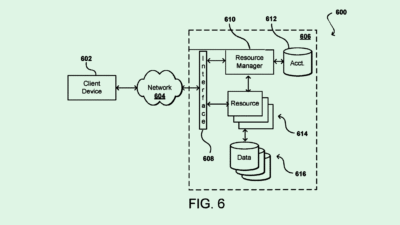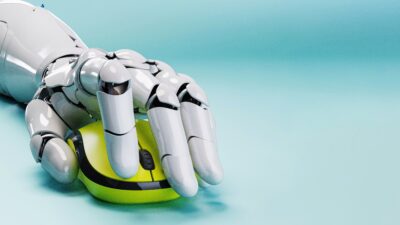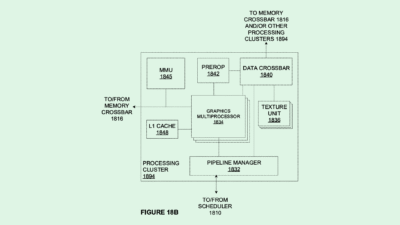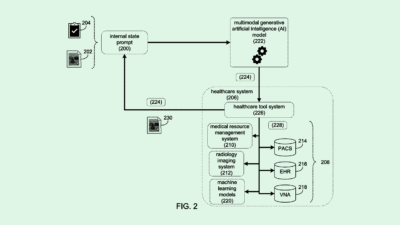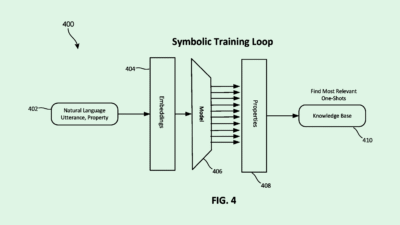Nvidia Safety Patent Signals Physical AI Push
The goal of Nvidia’s tech is to help give autonomous systems more reliable memory, hazard detection and depth perception.
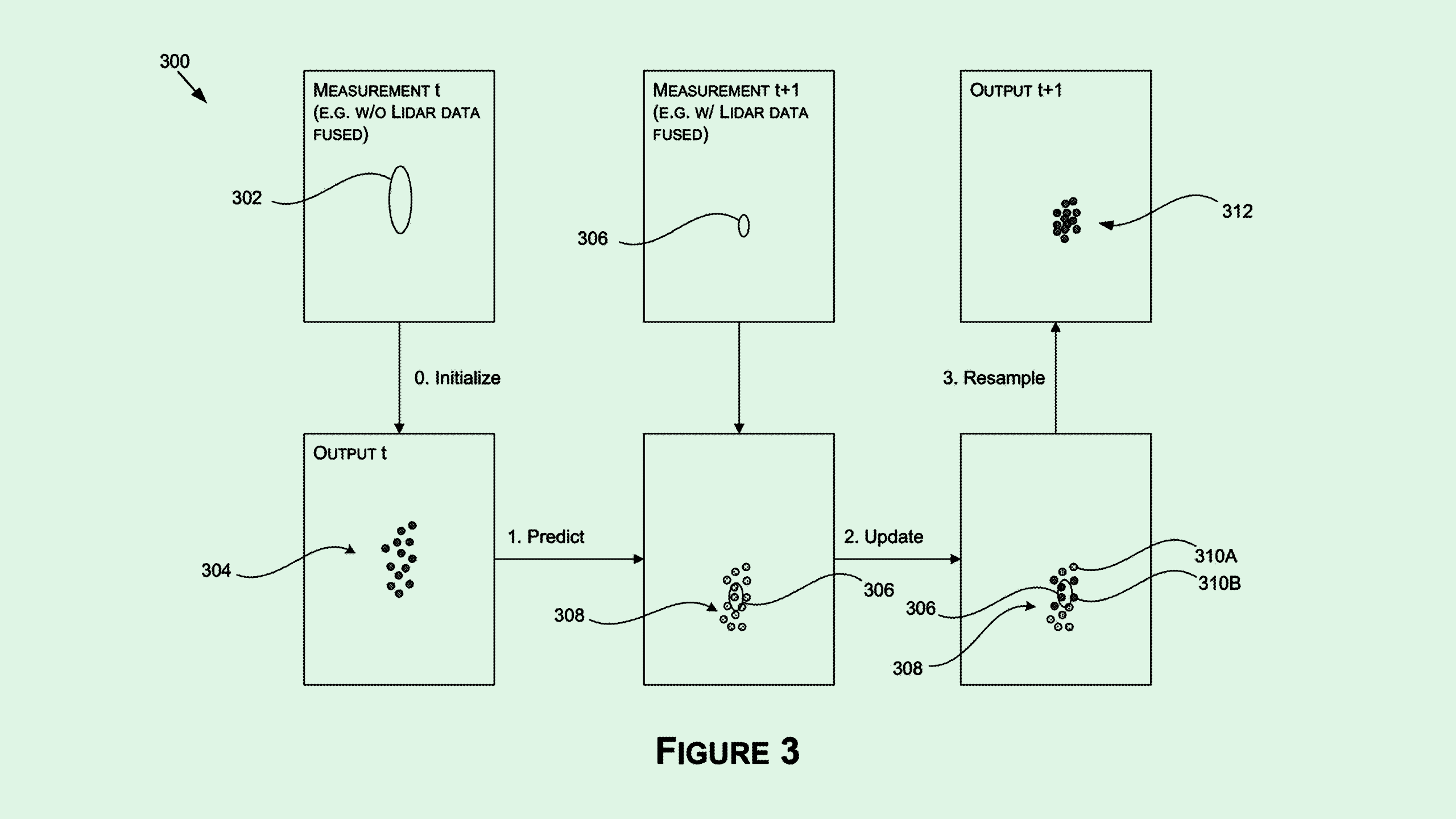
Sign up to get cutting-edge insights and deep dives into innovation and technology trends impacting CIOs and IT leaders.
Nvidia wants to make sure its robots can see straight.
The company filed a patent application for “multimodal object detection for autonomous systems and applications,” a hazard-identification system that collects data from multiple sensors over time to enable more robust risk awareness.
Consistently using data from sensors including lidar, radar and cameras would enable the system to estimate the probability of a hazard existing in a certain place. When a hazard is recognized, the system creates a “bounding shape,” or essentially a digital box, around that object. Over time, that bounding shape is refined with more sensor data to help the system understand the exact dimensions of the potential hazard.
The goal of Nvidia’s tech is to help give autonomous systems more reliable memory, hazard detection and depth perception. “While some conventional systems are configured for hazard detection, these systems often provide an inadequate confidence level for the detection,” Nvidia said in the filing.
Nvidia has a keen interest in autonomous machines. The company inked a partnership with Toyota earlier this year to implement self-driving tech in vehicles, and showcased collaborations with General Motors, Volvo and several freight companies at its GTC conference this year. The company also debuted models there that would support and accelerate the development of humanoid robots.
This patent isn’t the first time we’ve seen Nvidia tackle the safety problems facing AI-powered robotics. The company has also sought patents for proactive safety measures for robots, autonomous machine prompt generation, and reactive interactions for robots.
The filings signal that safety still remains a major barrier in the deployment of autonomous machines. And as the AI robotics race heats up alongside the broader AI push, surmounting that barrier – or at least mitigating as many incidents as possible – is vital in getting people to trust these machines.

